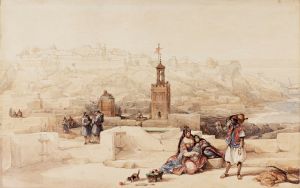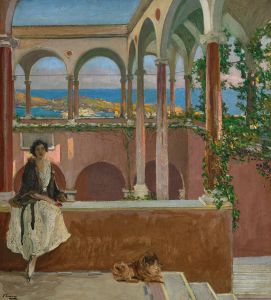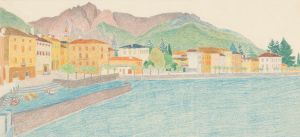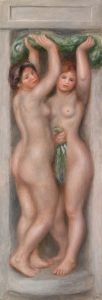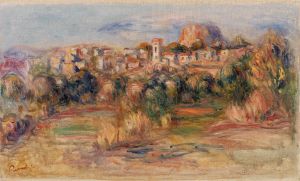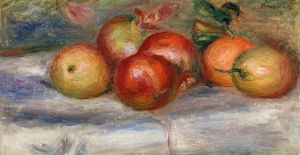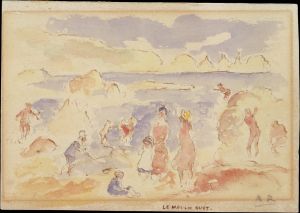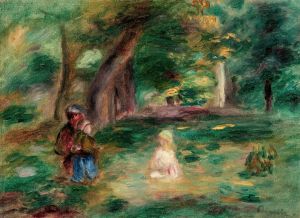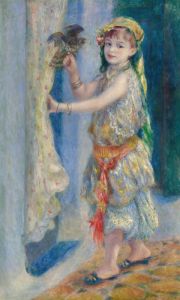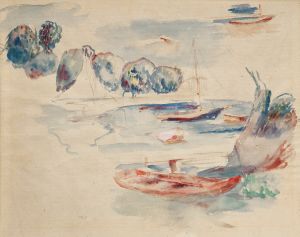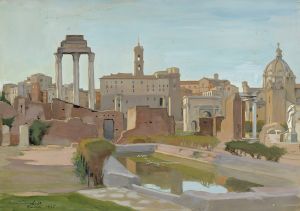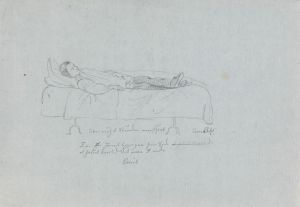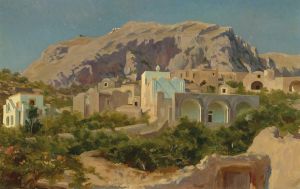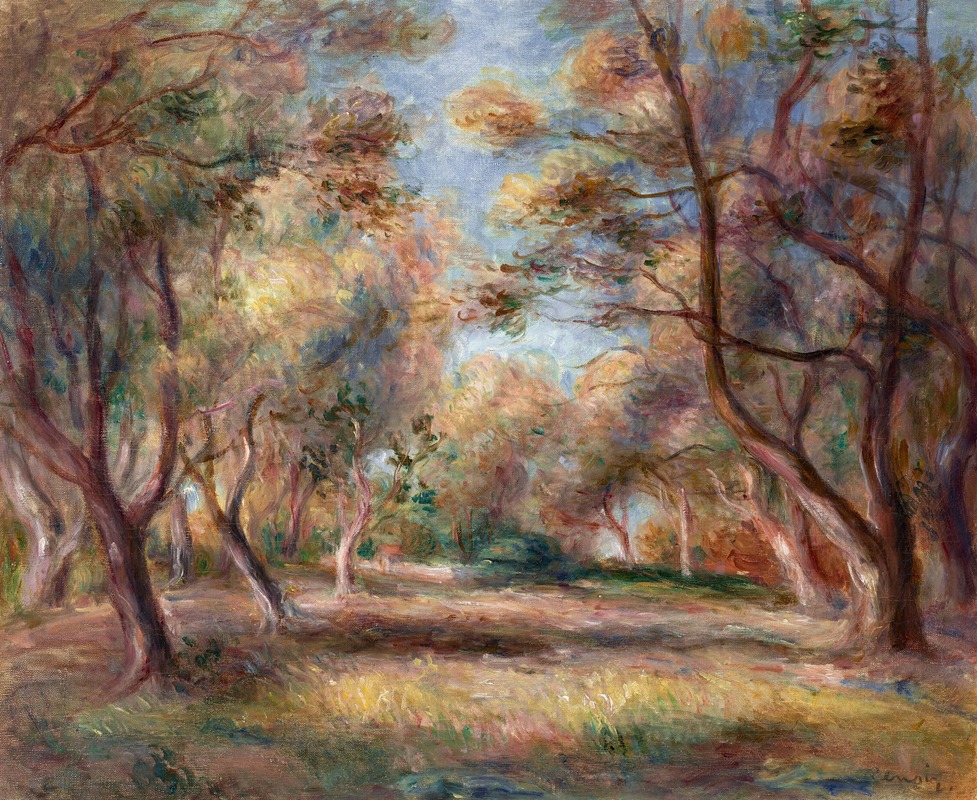
Les oliviers à Cagnes
A hand-painted replica of Pierre-Auguste Renoir’s masterpiece Les oliviers à Cagnes, meticulously crafted by professional artists to capture the true essence of the original. Each piece is created with museum-quality canvas and rare mineral pigments, carefully painted by experienced artists with delicate brushstrokes and rich, layered colors to perfectly recreate the texture of the original artwork. Unlike machine-printed reproductions, this hand-painted version brings the painting to life, infused with the artist’s emotions and skill in every stroke. Whether for personal collection or home decoration, it instantly elevates the artistic atmosphere of any space.
"Les Oliviers à Cagnes" (The Olive Trees at Cagnes) is a painting by the French Impressionist artist Pierre-Auguste Renoir. Created during the later years of Renoir's life, this work reflects his enduring fascination with the natural landscapes of southern France, particularly the area around Cagnes-sur-Mer, where he spent much of his final years.
Renoir moved to Cagnes-sur-Mer in 1907, seeking a warmer climate to alleviate the symptoms of rheumatoid arthritis, which had severely affected his mobility. He purchased a property known as Les Collettes, a farmhouse surrounded by olive groves, which became a frequent subject of his paintings. "Les Oliviers à Cagnes" is one such work, showcasing Renoir's ability to capture the vibrant light and lush vegetation of the Mediterranean landscape.
The painting depicts a grove of olive trees, rendered in Renoir's characteristic style, which combines soft, fluid brushstrokes with a rich, warm color palette. The interplay of light and shadow across the scene highlights Renoir's mastery of Impressionist techniques, particularly his focus on the effects of sunlight on natural forms. The composition conveys a sense of tranquility and timelessness, reflecting Renoir's deep appreciation for the beauty of the natural world.
During this period, Renoir's style evolved to incorporate a more classical approach to form and structure, influenced by his admiration for the works of Old Masters such as Raphael and Titian. Despite his physical limitations, Renoir continued to paint prolifically, often with the assistance of an aide who helped him hold his brushes. His later works, including "Les Oliviers à Cagnes," are celebrated for their vibrant colors, sensual forms, and the artist's unwavering dedication to his craft.
Today, "Les Oliviers à Cagnes" is recognized as an important example of Renoir's late-period work. It is housed in a private collection or museum, though specific details about its current location may vary. The painting is often cited as a testament to Renoir's ability to find beauty and inspiration in his immediate surroundings, even in the face of physical adversity.
Renoir's legacy as one of the leading figures of the Impressionist movement endures, and works like "Les Oliviers à Cagnes" continue to be celebrated for their contribution to the development of modern art.





